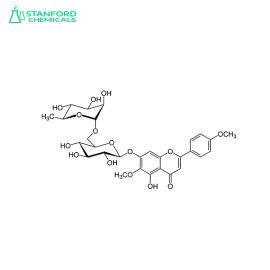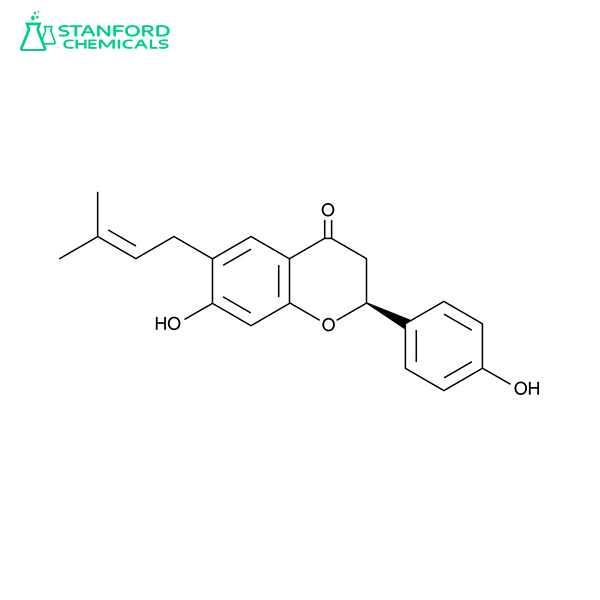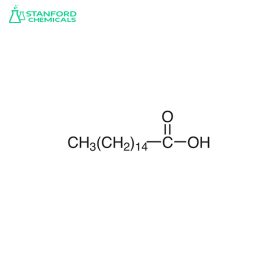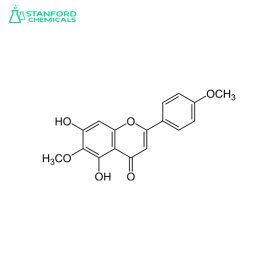Coryfolin
Coryfolin is a bisbenzylisoquinoline alkaloid from Corydalis plants, noted for antispasmodic, anti-inflammatory, and neuroprotective properties, and explored for applications in pain management, inflammatory diseases, and neurological health.
Overview
The interest in coryfolin stems from its diverse pharmacological activities, which include antispasmodic, anti-inflammatory, and neuroprotective effects. Its molecular structure and biological activities suggest it could be a valuable compound for developing new medications for pain management, inflammation, and neurological conditions.
Coryfolin Key Features
– Natural Source: Extracted from Corydalis plants, known for their medicinal properties.
– Bioactivities: Exhibits antispasmodic, anti-inflammatory, and neuroprotective activities.
– Potential Therapeutic Applications: Being studied for its potential in treating pain, inflammation, and neurological disorders.
Coryfolin Applications
– Pain Management: Coryfolin’s analgesic properties make it a candidate for developing new pain relief medications, especially for chronic pain conditions.
– Inflammatory Diseases: Its anti-inflammatory activity suggests it could be beneficial in treating various inflammatory conditions, potentially offering a natural alternative to synthetic anti-inflammatory drugs.
– Neurological Support: The neuroprotective effects of coryfolin indicate its potential in therapies for neurological disorders, including neurodegenerative diseases.
Coryfolin Functions
– Modulation of Pain Pathways: Coryfolin is believed to interact with certain receptors and neurotransmitters involved in the perception of pain, potentially reducing pain signals.
– Inhibition of Inflammatory Responses: It may inhibit the production of pro-inflammatory cytokines and modulate other key components of the inflammatory response.
– Protection of Neural Cells: Coryfolin could offer protection against neurotoxicity and oxidative stress, mechanisms involved in neurodegenerative diseases.
Details

| Available Sizes | 30 capsules, 60 capsules, 120 capsules |
|---|---|
| Key Ingredient | High-quality, pure Pectolinarin extract |

| Available Sizes | 30 capsules, 60 capsules, 120 capsules |
|---|---|
| Key Ingredient | High-quality, pure p-Coumaric Acid |




Reviews
There are no reviews yet.